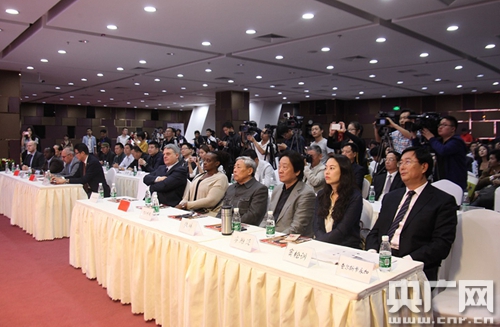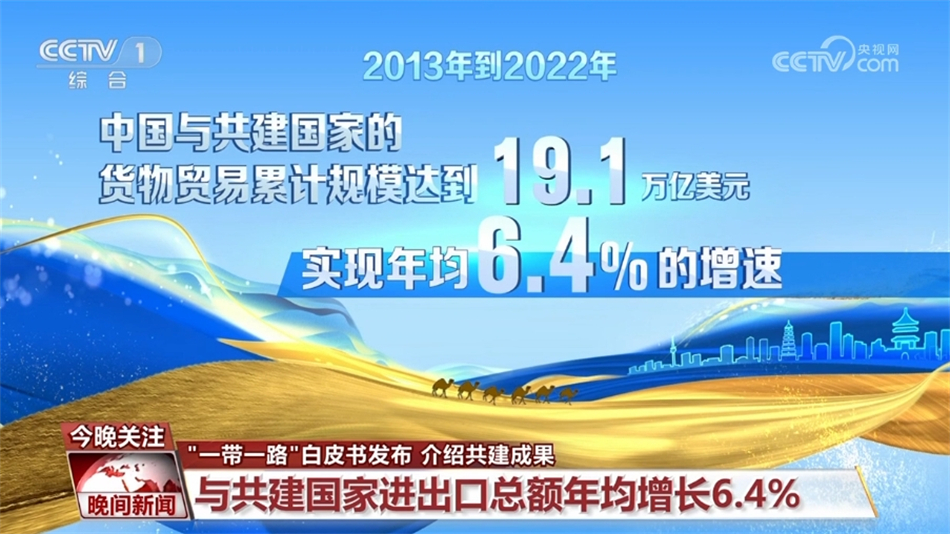Noon Comment: The Belt And Road Initiative Sector Is Obviously Strong And Three Other Stocks Have Hit The Limit
Noon Comment: The Belt And Road Initiative Sector Is Obviously Strong And Three Other Stocks Have Hit The Limit
Financial Network website reported on April 14: In the early trading on Tuesday, the Belt and Road Initiative sector rose significantly. As of the closing of the afternoon, China Railway Corporation, Yingkou Port and Jinzhou Port hit the daily limit, while China Railway Construction Corporation, China Railway II Bureau, Ningbo Port, Jinzhou Port and other companies all had significant increases.
Financial Network website reported on April 14: In the early trading on Tuesday, the Belt and Road Initiative sector rose significantly. As of the closing of the afternoon, China Railway Corporation, Yingkou Port and Jinzhou Port hit the daily limit, while China Railway Construction Corporation, China Railway II Bureau, Ningbo Port, Jinzhou Port and other companies all had significant increases.
Section analysis:
Since the end of last year, the concept of "Belt and Road" has become one of the stock price catalysts, and the stock prices of some related companies such as infrastructure and foreign-related engineering have increased significantly. However, under this hot wind, some fund managers have proposed cold thinking, believing that the current increase in infrastructure is relatively large. Future returns may be lower than expected.
A fund manager in Beijing believes that one of the important goals of the "Belt and Road" is to internationalize the RMB, and to build the RMB into one of the world currencies that can compete with the US dollar. "And the United States is in a cycle of interest rate hikes and is tightening currency. Next, the RMB has encountered very good opportunities when going global. "So he is more optimistic about the internationalization of RMB stocks than the current hot infrastructure.
The fund manager has previously done overseas enterprise mergers and acquisitions in Central Asia and other places, and has a deep understanding of the economic environment of these countries. Regarding the current market's pursuit of individual concept stocks, especially infrastructure stocks, he reminded investors: "It's optimistic" While the Belt and Road Initiative, we should have a rational understanding of the implementation of policies. We should also make detailed distinctions when it comes to enterprises. Some enterprises conduct business areas, due to various reasons, there is strong uncertainty and we should not only see opportunities. No risks are seen."
The fund manager believes that only by following the idea of RMB internationalization can we find real investment opportunities. The fundamental beneficiaries of the Belt and Road Initiative are not related companies that sell infrastructure or equipment. Taking high-speed rail as an example, the best market for high-speed rail is in China, because China The population density is large enough and there is a large demand for back and forth migration. Only a few countries abroad have the above conditions.
Previously, Guojin Securities also issued a report that infrastructure investment only accounts for less than 10% of China's total foreign investment, and the scale is only at the level of US$10 billion. Therefore, the impact of the "Belt and Road" on it cannot be too high.
Another fund manager in Beijing believes that the "Belt and Road" will ultimately promote the economic dependence of neighboring countries on China, just like the mutual market in history. "After trading with neighboring countries, Chinese products will be sold to them, Chinese market will be open to them, and their products will be sold to China. Everyone has formed a relationship between you and me, and I and you. Neighboring countries The economic dependence on China has been further enhanced, and the final focus is trade." The fund manager said that the early implementation of the Belt and Road Initiative will have a certain driving force for the construction of high-speed rail, and the later trade and logistics sectors will benefit more.





